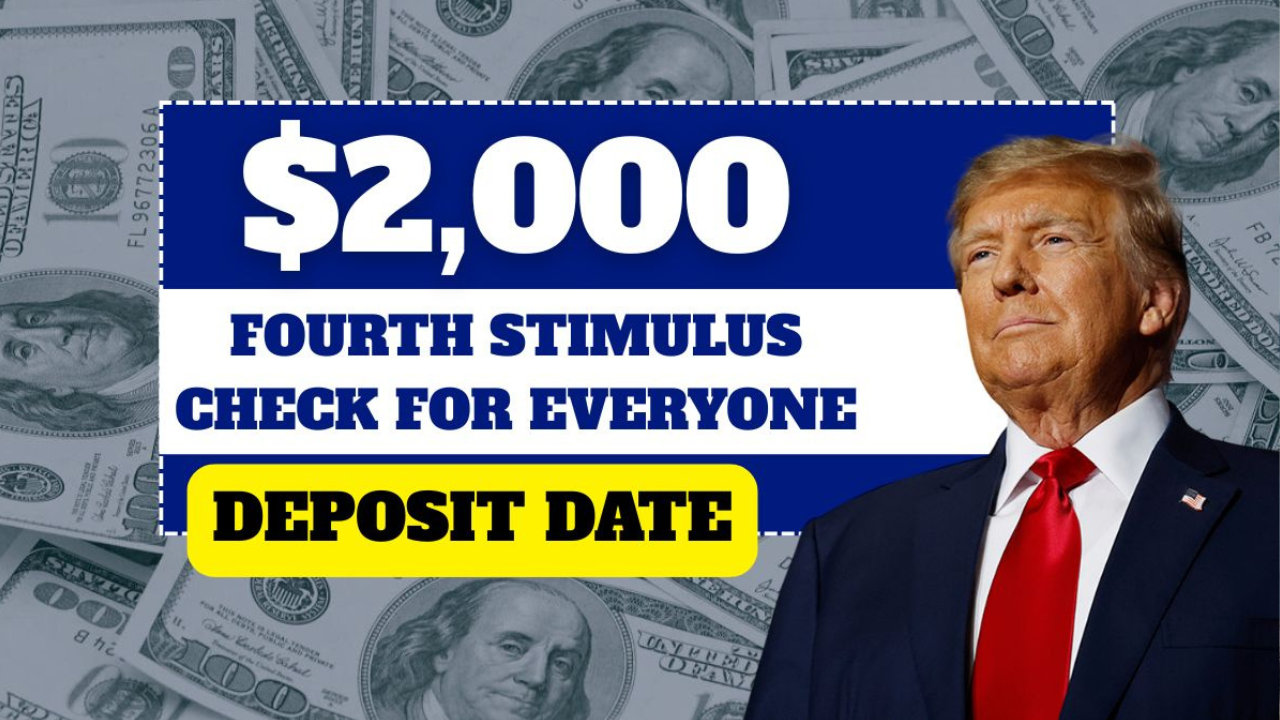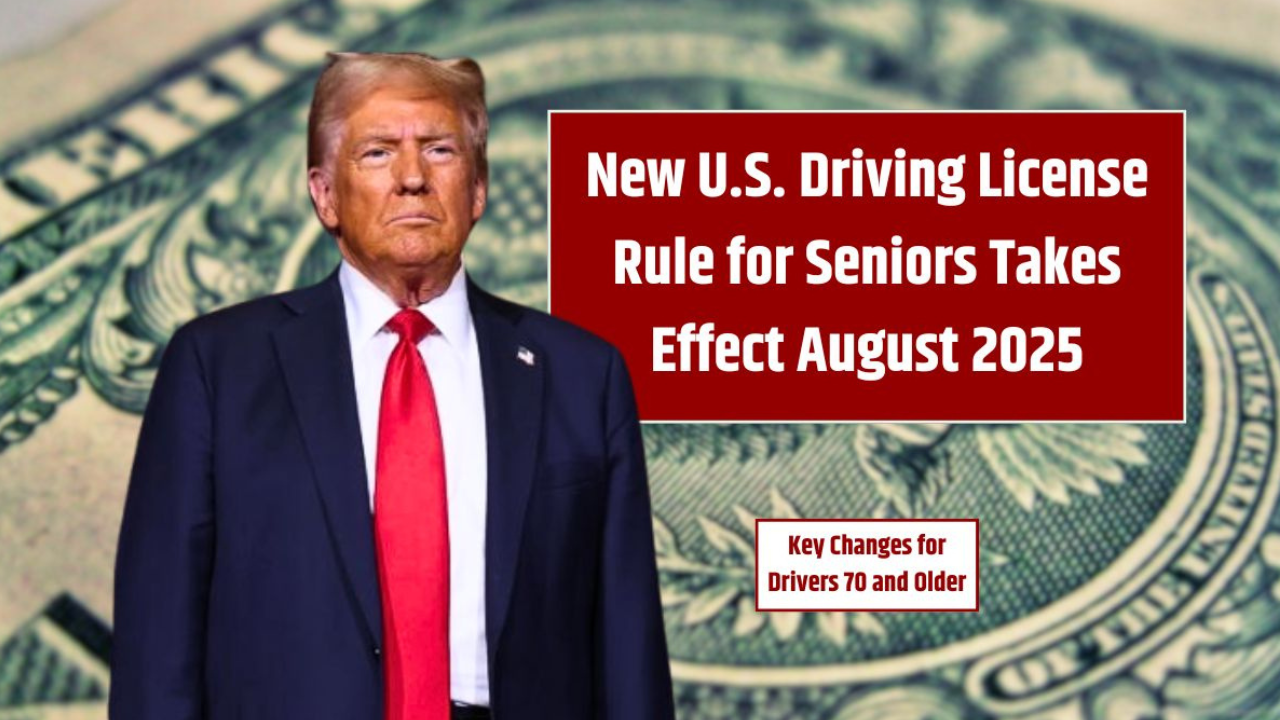$2,000 Fourth Stimulus:In a much-needed round of financial relief for millions of Americans, the federal government has announced a fourth stimulus check of $2,000 in 2025. As families reel from the lasting effects of inflation, employment instability, and rising living costs, this latest round of payments is being welcomed as a lifeline—especially for low- and middle-income families, seniors, and those still struggling to achieve financial stability.
But who is eligible, when will it arrive, and what steps should you take to make sure you don’t miss out?
Here’s everything you need to know about the upcoming fourth stimulus check of $2,000, eligibility criteria, and payment dates, from a human perspective.
Why a fourth Stimulus Check?
Over the past few years, stimulus payments have played a key role in keeping Americans afloat during the economic uncertainty created by the pandemic and subsequent shocks. Although the economy is showing signs of improvement, many people are still struggling with high rents, rising grocery bills, student loans and dwindling savings.
That’s why the announcement of $2,000 direct payments has been met with both hope and relief.
The government’s goal? Getting money back into households, stimulating local economies and easing financial stress for individuals and families still facing hardships. The payments are part of a broader federal relief package aimed at easing inflationary pressures and increasing support for working Americans.
Who is Eligible for a $2,000 Check?
The eligibility requirements for this fourth stimulus check are the same as the previous round, although with some important changes. Here’s a look at who’s eligible:
1. Income requirements:
- Single return filers with annual incomes up to $75,000.
- Heads of household with annual incomes up to $112,500.
- Married couples filing jointly with annual incomes up to $150,000.
Earners above these limits may still receive a reduced payment, which will gradually decrease based on income.
2. Social Security and SSI recipients:
Good news—retired and disabled Americans receiving Social Security, SSI, SSI, or vocational education (VA) benefits are also eligible for stimulus checks. No additional action is required for most recipients; payments will be automatically sent to the accounts where benefits are usually deposited.
3. Dependents:
Parents or guardians can receive additional assistance for each eligible dependent, including children and adult dependents. Each dependent can receive an additional $500 to $1,000, depending on household income.
4. Tax filing status:
To receive your payment without delay, make sure you’ve filed your 2023 or 2024 federal tax return. The IRS uses the most recent filed return to determine income eligibility and calculate the payment amount.
When Will Payments Be Sent?
The IRS and the U.S. Treasury Department have outlined a multi-phase payment schedule, with the first phase of deposits expected to begin in August 2025.
Here’s what to expect:
- Direct deposits:
Payments will begin going out August 12, 2025, to eligible recipients who have bank information on file with the IRS. This includes Social Security beneficiaries, taxpayers with refund direct deposit details, and others in the system.
2.Paper checks and prepaid debit cards:
For those who don’t have direct deposit information, paper checks and debit cards will be mailed between August 19 and September 5.
3.VA and Railroad Benefit Recipients:
Payments to veterans and Railroad Retirement beneficiaries will be processed beginning in late August.
To avoid delays, it’s important to make sure your mailing address and direct deposit information is up to date with the IRS.
How To Track Your Payment
The IRS will soon relaunch its “Get My Payment” tool, allowing you to check the status of your $2,000 stimulus package, confirm your payment method and get an estimated deposit date.
In the meantime, here’s what you can do:
- Log into your IRS online account to verify your information.
- Check in regularly with your bank or benefits card provider in late August.
What Should You Do With This Money?
Although it may be tempting to spend the entire $2,000 right away, many financial advisors recommend prioritizing:
- Paying off debt (especially credit cards or high-interest loans).
- Paying off rent or utility bills.
- Setting aside emergency savings.
- Investing in household essentials, medical care, or education.
Every household is different, but using this check wisely can bring peace of mind and financial relief.
Final Thoughts: Relief with A Human Touch
For many Americans, this $2,000 payment isn’t just about money—it’s about dignity, stability, and hope. Whether it means paying the electric bill on time, buying groceries without worry, or helping a child get a good start to the school year, this fourth stimulus check is a reminder that help is still coming.
Stay informed. Take action when needed. And when that deposit hits your account, know that you’re not alone—we’re all in this together.





